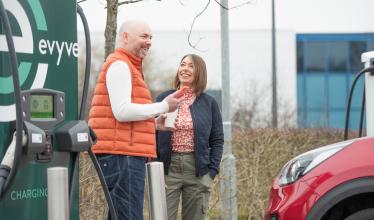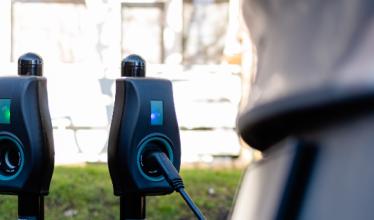There are many different terms, phrases, and acronyms that are synonymous to the world of electric vehicles. These can sometimes cause confusion for new and established electric car drivers alike.
In this bitesize guide we explain the differences between tethered vs untethered charge points, where you’ll find them – and when you’ll need to bring your own charging cable along for the ride.
Tethered vs untethered EV charging: What's the difference?
Put simply, if a charge point has a cable and a connector, it's tethered. If the charge point only has a socket to insert a cable, it’s untethered.
The tether is the charging cable, and when a charge point is ‘untethered’ you’ll need to use your own cable in order to charge the car.
When do I need my charging cable?
If you’re very lucky, your electric car might come with a charging cable cubby for storage. But more likely than not, yours will either lay loose in your boot or ‘frunk’, find a home hanging out in your garage, or be permanently attached to your home charger.
Our recommendation is to keep a spare cable in your car at all times. You never know when you might need it while out and about, it’s handy for a quick top up on range – and you’ll always be prepared to take advantage of a free-to-use charge point or convenient bit of destination charging.
Tethered or untethered: Charging away from home
Thousands of public charge points – especially residential on-street chargers like those provided by Connected Kerb, char.gy, and ubitricity – are usually not equipped with a charging cable.
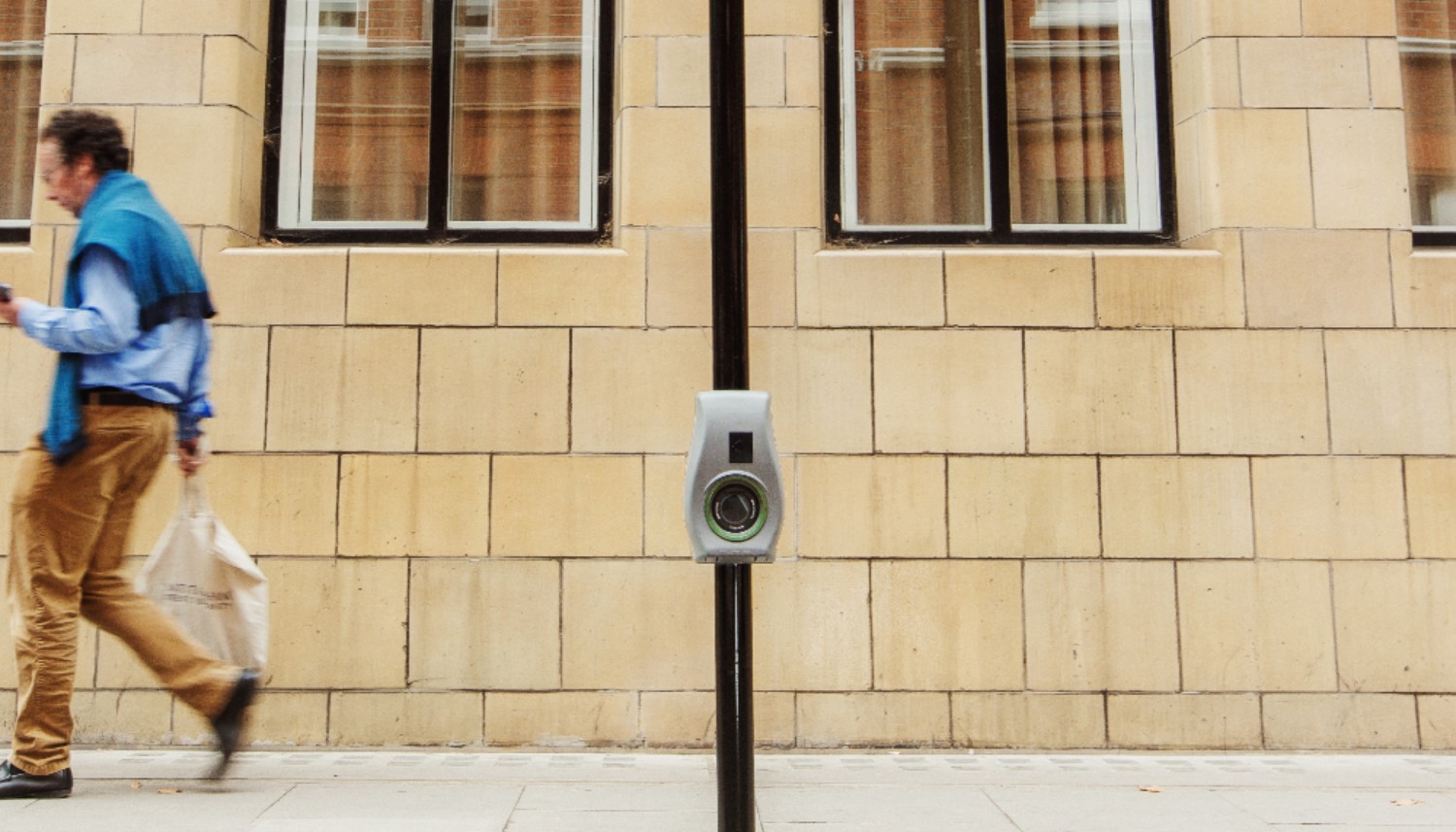
On-street chargers do not usually have attached charging cables.
The lack of cable is an intended feature, not only to keep streets tidy and free of trip-hazards, but to allow almost any EV to charge without the type of cable being a restriction.
Typically, on-street charge points have a Type 2 inlet socket. Any charging cable with a Type 2 connector can use them, and almost all electric cars are able to charge on a Type 2 unit. As by far the most common public charge point standard around, your EV should come from the manufacturer complete with a cable with a charger-side, Type 2 connector.

An on-street charge point in use, where a driver has brought their own charging cable.
When visiting high-powered hubs or any ultra-rapid charge point, you can expect to find them tethered - meaning you won’t need to use your own cable. However, some EV drivers will require a CHAdeMO or CCS charging adapter if the charging socket is not compatible with their EV.
MFG EV Power, Osprey Charging, and InstaVolt all provide charging with tethered devices via both CHAdeMO and CCS connectors.
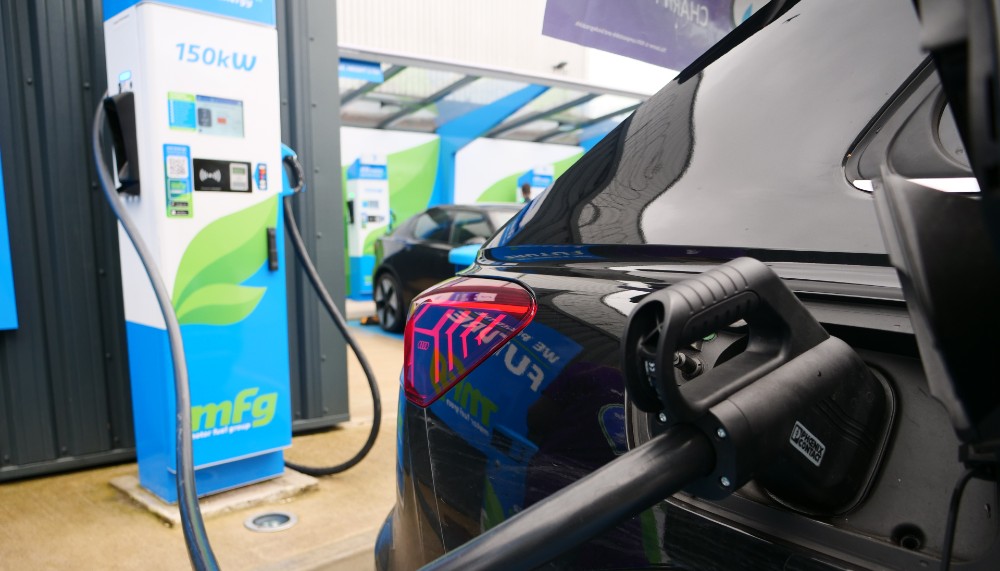
High-powered charge points are tethered, so you won't need your own charging cable to charge.
Tethered or untethered charging at your home
A home charger can come as either variant – tethered or untethered. So if you’re having one installed, you’ll want to weigh up the pros and cons of both. Let's take a quick look at what they are.
Tethered home charge points
Tethered home chargers are easy to use and you’ll never have to worry about misplacing your cable. It’ll always be there when you need it.
However, with a tethered home charger you’re limited by the connector type and by the length of the cable – unless you pay to have them switched out for replacements, or have the charger replaced entirely. What’s more, units with cables attached take up more room, and generally tend to be more expensive to purchase upfront.
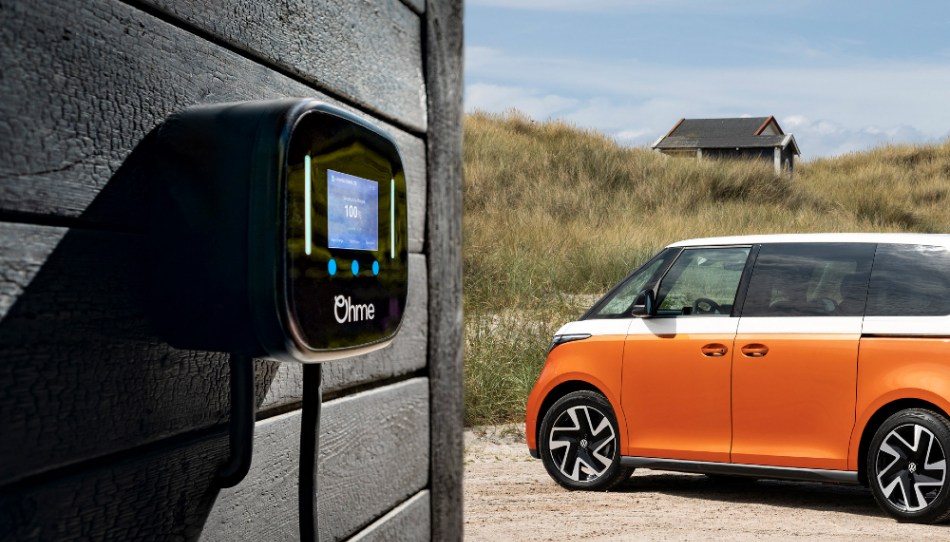
A tethered home charge point from Ohme.
Untethered home charge points
Untethered home chargers take up less space, tend to cost less, and give you the option to connect any Type 2 compatible connector.
Plus, it doesn’t matter if your EV connector changes later down the line if you get a newer model. However, no cable means no access to charging, so you’ll need to remember your cable each time – and remember to pack it away safely to prevent trip-hazards or theft.
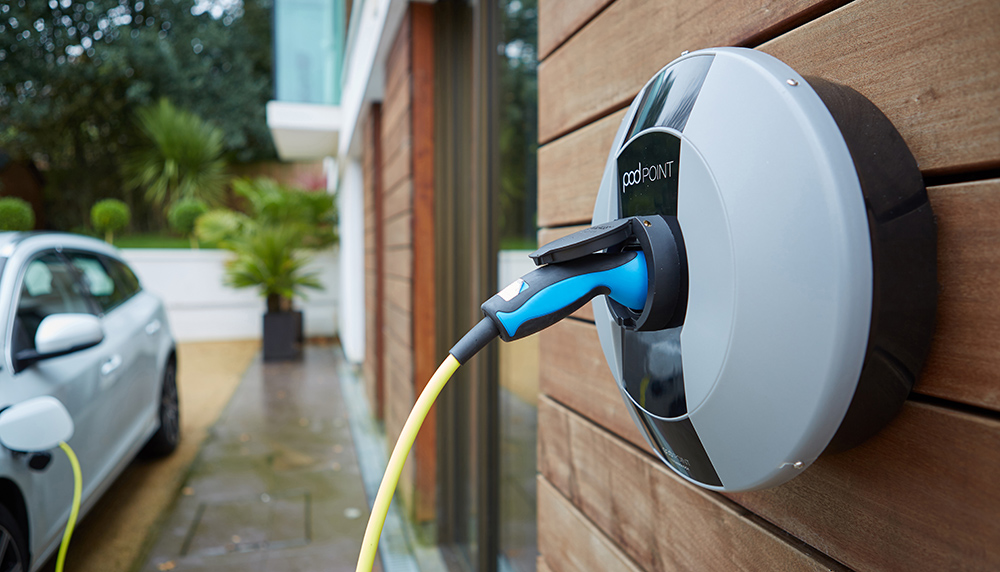
An example of an untethered home charge point.
We hope you’ve found this guide to tethered vs untethered charging helpful. Head to more of our guides pages to find other helpful hints and tips for beginners, as well as in-depth info for more experienced EV drivers.

